[ad_1]
Botanical gardens play an essential function in shaping nationwide attitudes and galvanizing elevated human connectedness to nature.
They provide teaching and analysis alternate choices which can be important to plant conservation. Visiting a yard can relieve stress and assist give of us a technique of place that extends to the broader area.
School college students from quite a lot of disciplines have been working to know the histories, have an effect on and meanings of gardens to spice up conservation outcomes and to assemble sturdy communities.
By studying about worthwhile gardening initiatives, these insights will seemingly be utilized to areas lagging behind as regards to creating and utilizing botanic gardens. Historic analysis reveals that conservation initiatives led by botanic gardens can unfold to fully completely different areas, resulting in constructive outcomes.
There’s an uneven distribution on the earth’s botanic gardens – an imbalance based mostly completely on the legacies of European empire. And a major quantity of examine has centered on gardens in former British colonies. These embody the “who’s who” of botanic gardens: Kew Gardens in London, Kirstenbosch in Cape Metropolis, Singapore Botanic Gardens, Royal Sydney Botanical Yard, to call a number of.
Botanic gardens have modified significantly from their colonial origins. As soon as extra then most centered on financial botany and rising participating crops. Just a few gardens, akin to Kirstenbosch, centered on native vegetation.
A world change started in South Africa and Australia all through the Sixties. Governments in each nations created indigenous gardens in response to finish of British affect and the rise of environmentalism. These gardens paved the best manner for mannequin spanking new nationwide identities whereas creating elevated appreciation of the floral variety of every nation.
The indigenous gardens furthermore impressed of us to work collectively in indigenous knowledge and cultures. Indigenous gardening tendencies in each South Africa and Australia paved the best manner for numerous nations.
Colonial historic earlier
The founders of colonial gardens believed in a philosophy I outline as “ecological liberalism” on account of its liberal values deal with the free motion of individuals together with crops. Settlers believed it was acceptable to import species proper right into a mannequin new nation as long as they didn’t turn into overly noxious to farmers making an attempt to recreate European agriculture.
A extreme shift in attitudes occurred all through the Sixties and Seventies. Gardens created on account of the mid-Sixties tended to focus on native indigenous species discovered regionally or all through the area and, or native flora discovered all through the nation.
South Africa and Australia helped encourage world change. Contained in the Sixties, South Africa created a nationwide system of indigenous botanic gardens. In 1965, Western Australia created Australia’s most crucial regional indigenous botanic yard in Perth, and the Canberra Botanic Gardens, a neighborhood yard, opened in 1967.
Why did Australia and South African residents embrace gardens all by way of this era?
Scientists take into consideration that these gardens had been created to focus on the floral variety of these areas. That is true to a stage, nonetheless this view was held by a comparatively small variety of botanical fanatics. We should all the time keep in mind that as late on account of the Sixties, the Western Australian authorities supported a large growth of wheat farms in principally in all probability essentially the most fairly a number of floral area of Australia.
Most historians have centered on environmentalism and nationalism as a result of the principle causes for the rising celebration of crops.
Whereas every of those viewpoints is partly acceptable, they don’t make sense until we recognise that human valuation of nature furthermore modified due to the interval of decolonisation.
Breaking away from Britain
South Africa’s willpower to depart the Commonwealth in 1961 ensuing from its apartheid insurance coverage protection insurance coverage insurance policies, and Australia’s “abandonment” by Britain all through the mid-Sixties to early Seventies created a profound political and id vacuum. A experience went from having twin loyalty to Britain and their dwelling nation to holding distinctly nationwide identities.
This affected how of us, significantly these of British ancestry, associated to crops. As an alternative of celebrating exotics, Australian and South Africans turned additional passionately associated to indigenous and native crops.
To encourage stronger nationwide and regional id, authorities gardens pioneered the rising of indigenous crops. Native crops had been bred and studied. When droughts hit in Western Australia all through the late Seventies and all through the Cape in South Africa early Eighties, of us could purchase seed and crops from these gardens.
A rising consciousness of ecology opened the door for white migrants in Australia to recognise the knowledge of indigenous peoples who acted as environmental stewards. Presently, gardens emphasise indigenous knowledge and heritage.
The ending of apartheid in 1994 lastly allowed for South Africa’s botanical gardens to be racially decolonised. The South African Nationwide Biodiversity Institute, which runs nationwide gardens, now performs a key function in transformation.
Botanical gardens not solely assist to protect nature, furthermore they assist to assemble sturdy, healthful communities.
[ad_2]
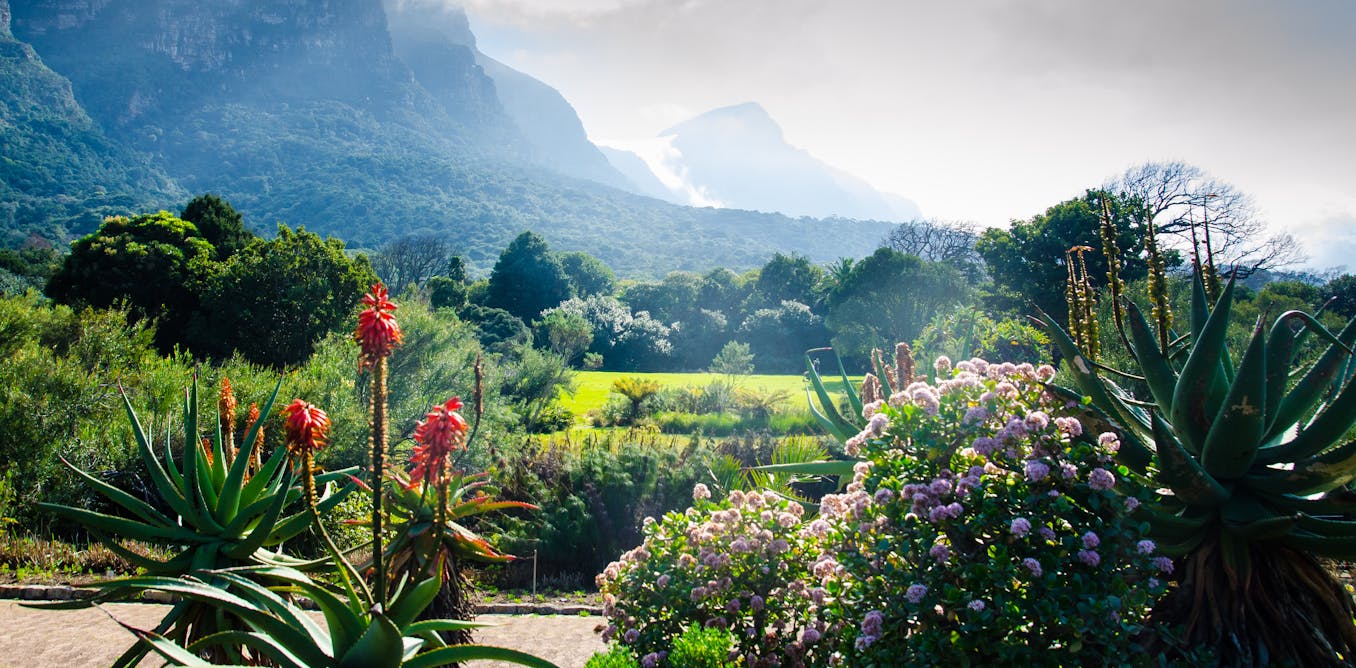
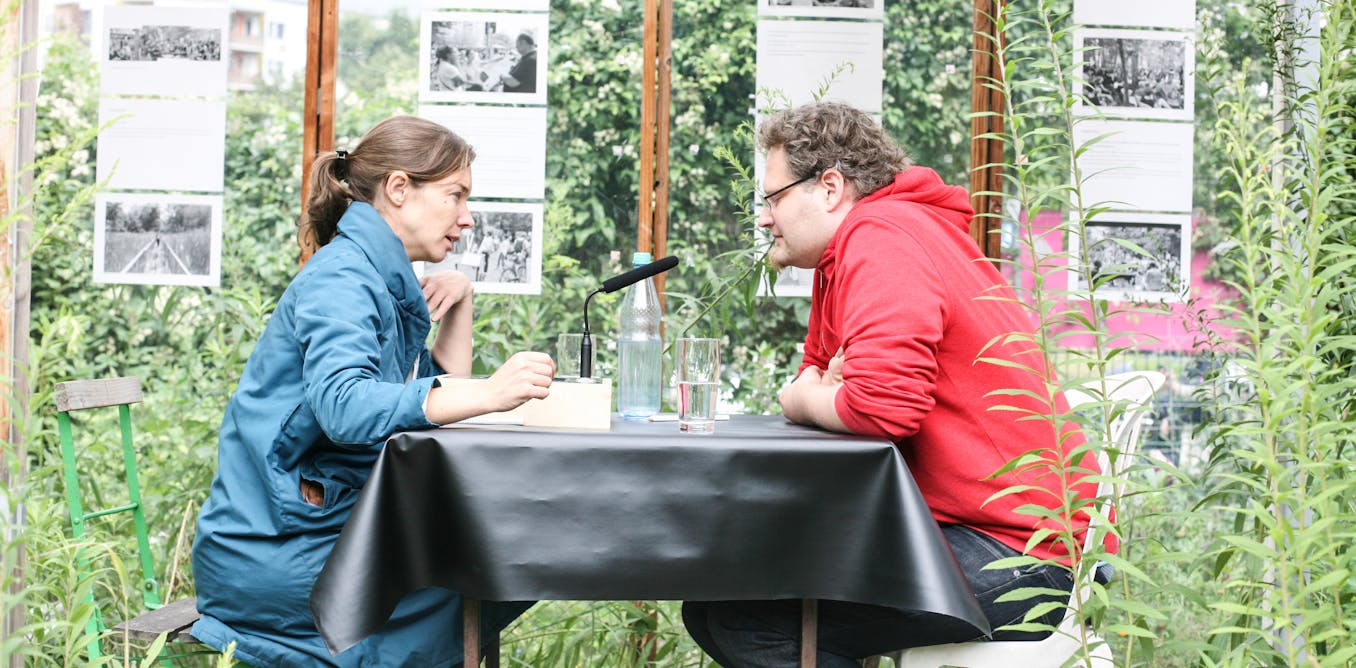
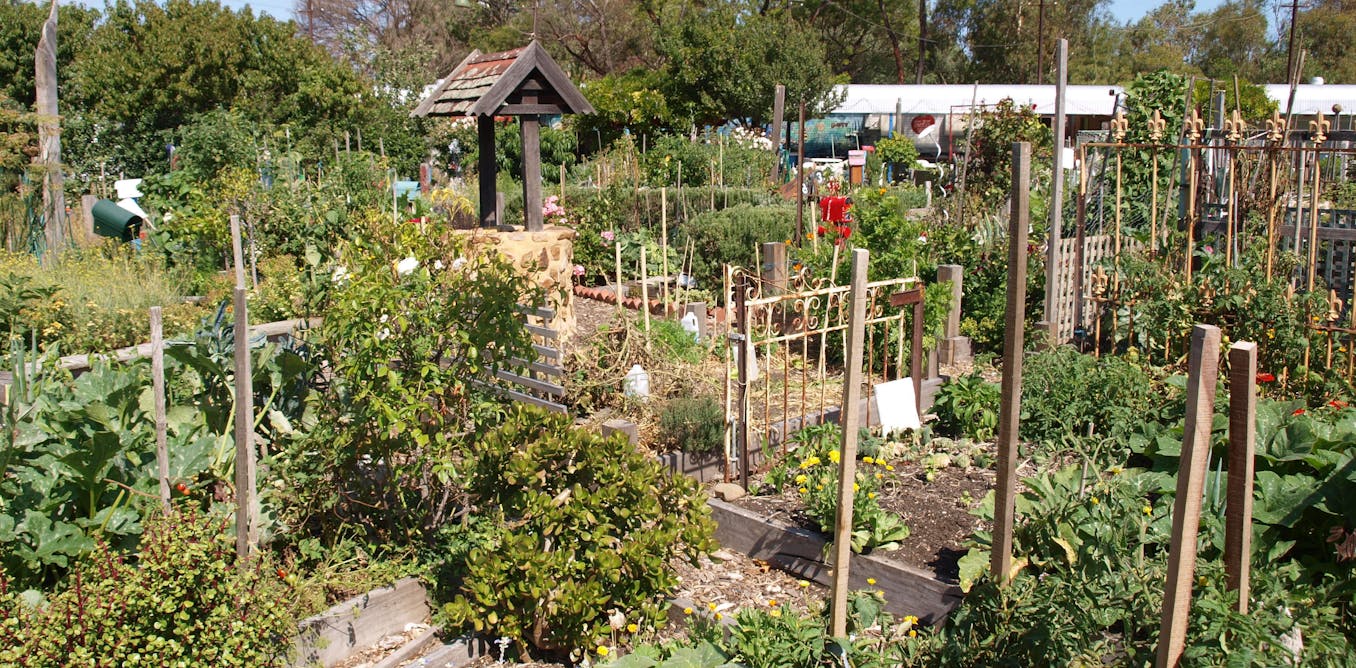
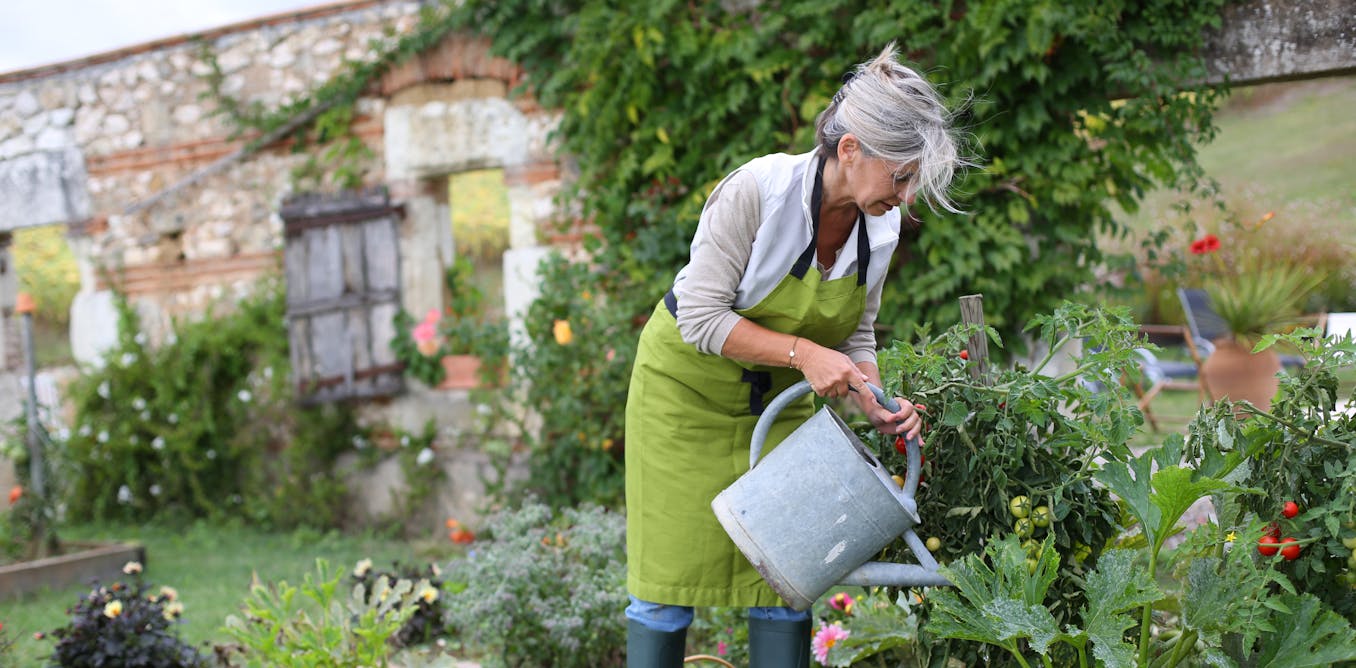
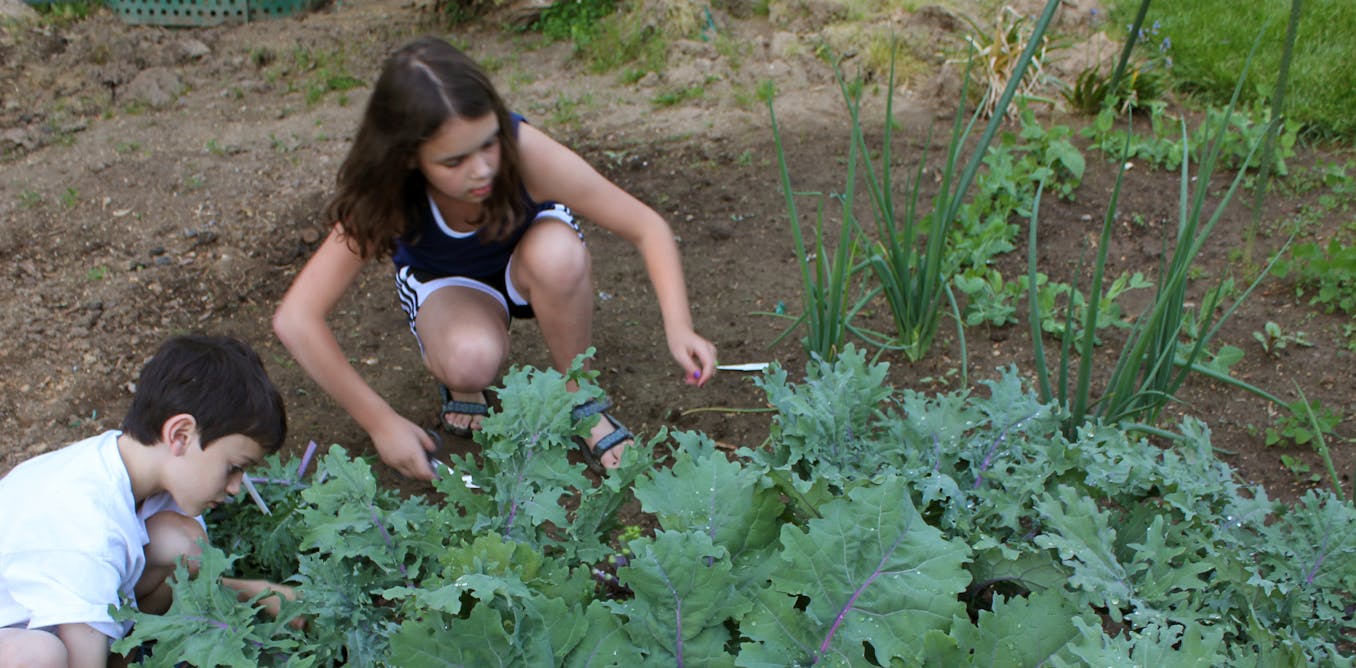
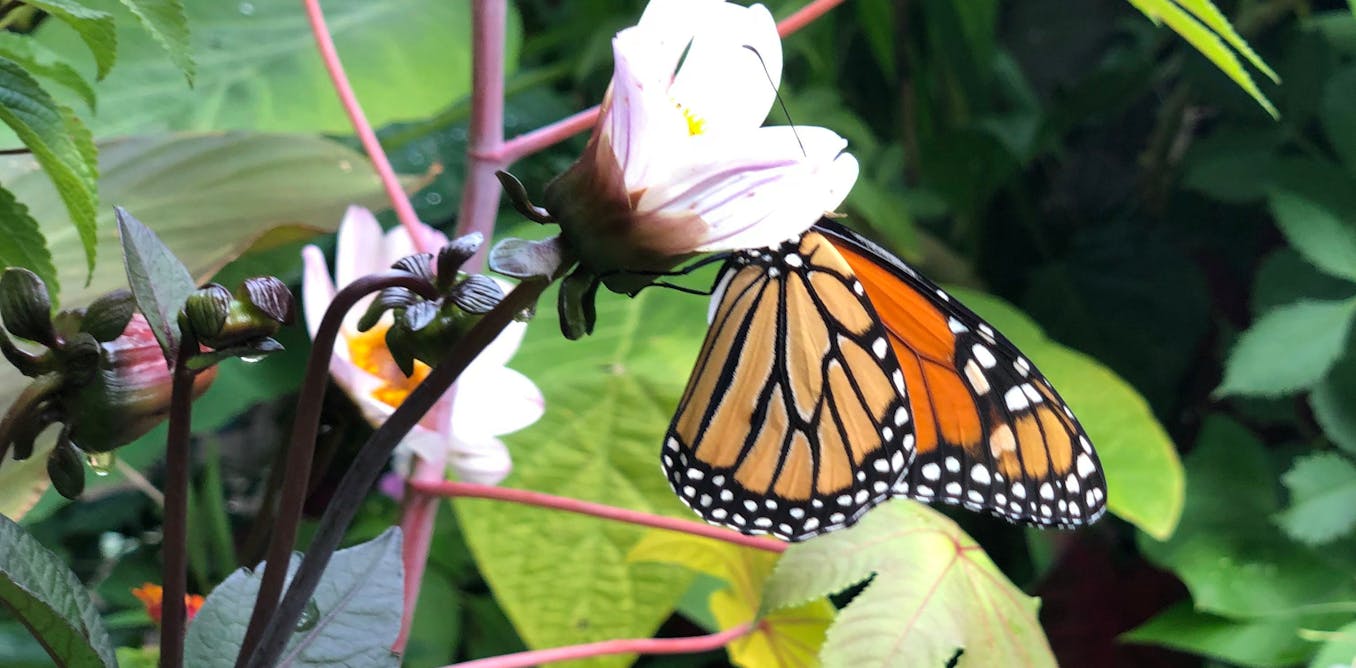
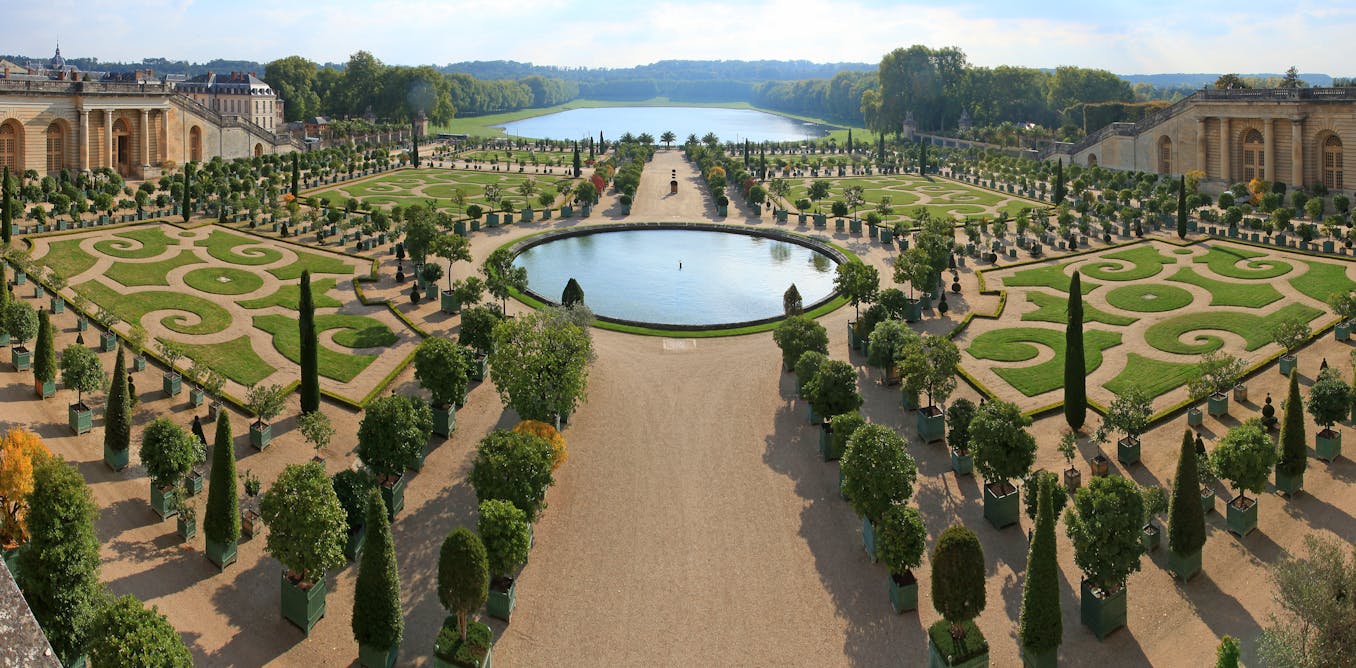




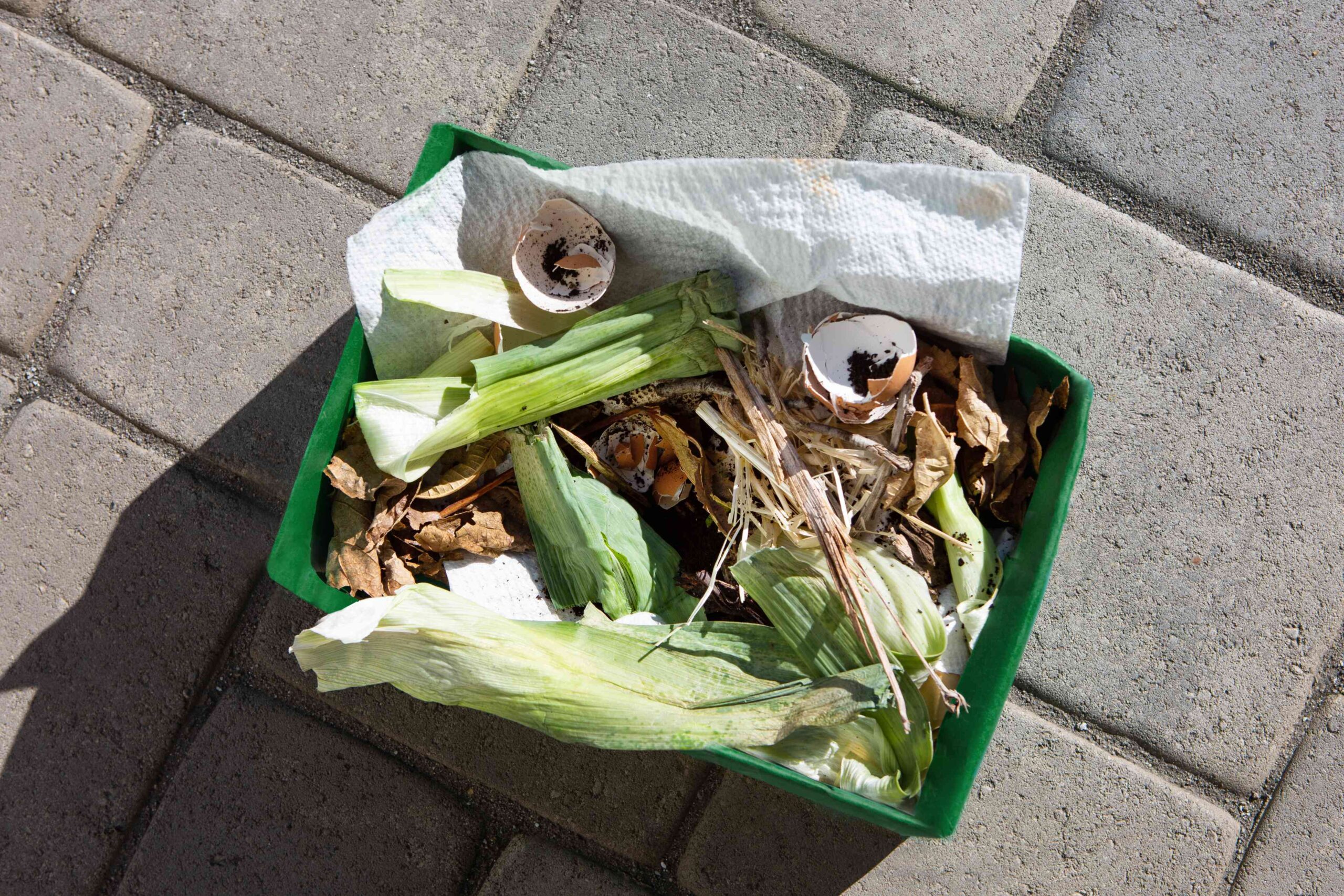

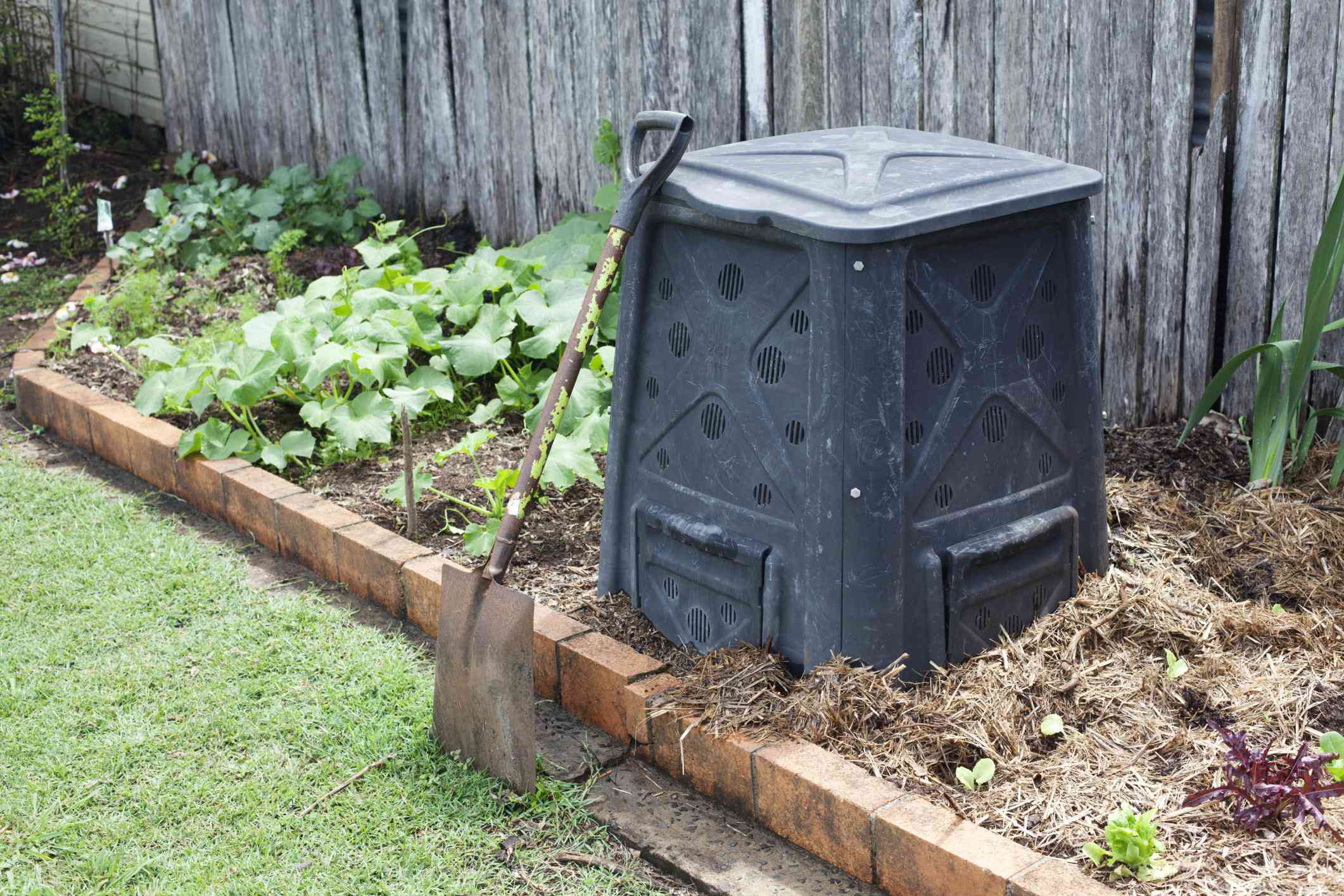
Leave a Reply